Trends in Tile Flooring in 2017
Whether you are thinking about selling your home, or just want to update your current home, taking a look at current trends in tile flooring is a great way to make sure your home is updated and on par with today’s trends and styles. Tile is a perennially popular option for flooring thanks to it being so low maintenance. From pet owners to parents to allergy sufferers, everyone loves tile floors for bathrooms and kitchens, and often throughout the home.
 One major design trend in tile flooring is the wood-look plank style flooring that can be seen all over design blogs, in home improvement stores and on HGTV home design shows. These tile planks come in a wide range of colors, textures and sizes. While most of these tiles do mimic the look of wood floors very well, be careful if you venture into lower price ranges as some of these tiles tend to look too busy and “plastic”. Also, try to avoid larger or wider grout lines, as these detract from the wood look you will desire. The way these tiles are laid is also important, as the way they are set can convey a variety of styles from rustic to modern.
One major design trend in tile flooring is the wood-look plank style flooring that can be seen all over design blogs, in home improvement stores and on HGTV home design shows. These tile planks come in a wide range of colors, textures and sizes. While most of these tiles do mimic the look of wood floors very well, be careful if you venture into lower price ranges as some of these tiles tend to look too busy and “plastic”. Also, try to avoid larger or wider grout lines, as these detract from the wood look you will desire. The way these tiles are laid is also important, as the way they are set can convey a variety of styles from rustic to modern.
Another tile trend is the use of more modern larger format tiles, such as 24 x 24 inches. No longer do homeowners want or desire smaller 12 x 12 tiles, as the larger the better. These larger tiles tend to make rooms look larger and more open. Other larger tile sizes are 12 x 24 tiles. These can be laid in a brick pattern or laid straight, either of which will modernize a room. Some homeowners are mixing sizes of tiles, but be careful here as a busy pattern on the tile mixed with a varied size of tile may not result in the look you desire.
Finally, consider the color of tile when you are narrowing down the tile options. Beiges and browns are still on trend, and are staying the course with classic, traditional looks as well as more modern looks as they are a perfect neutral. But gray tiles in both warm and cool tones are absolutely on trend as well. Gray is currently the “it” color in the design world, and paired with a more traditional tile style, should stay the course of design trends should you desire to sell your home down the road. I’d be happy to share my opinions in this regard.
Are you considering selling your home? Get started with a free home value estimate.

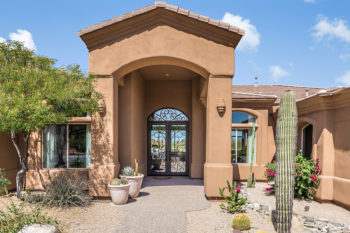 In the early 2000s, home decorators heavily installed and implemented uber-popular Tuscan décor in their clients’ homes. This style is represented by dark wood furniture, rich fabrics, gold and darker brown color schemes, and intricate ironwork. While this style is still arguably beautiful, and works in some homes, in many homes, Tuscan style appears outdated. Simply put, most buyers today aren’t drawn toward the more formal, darker and heavier style that goes hand in hand with Tuscan décor.
In the early 2000s, home decorators heavily installed and implemented uber-popular Tuscan décor in their clients’ homes. This style is represented by dark wood furniture, rich fabrics, gold and darker brown color schemes, and intricate ironwork. While this style is still arguably beautiful, and works in some homes, in many homes, Tuscan style appears outdated. Simply put, most buyers today aren’t drawn toward the more formal, darker and heavier style that goes hand in hand with Tuscan décor. There is no right answer to this question. If you are planning on staying in your home for a while, and you think it will improve the quality of your day-to-day life, by all means, pull the trigger. If you want to boost the value of your home, be sure to consult with me or another agent to make sure it makes financial sense to your bottom line.
There is no right answer to this question. If you are planning on staying in your home for a while, and you think it will improve the quality of your day-to-day life, by all means, pull the trigger. If you want to boost the value of your home, be sure to consult with me or another agent to make sure it makes financial sense to your bottom line. Different types of citrus trees grow at different rates, and sweeter fruit grow slower than less sweet fruit. Which is why you’ll often see an overabundance of lemons. Valencia oranges and Arizona Sweets are more hardy than navel or blood orange trees. Most citrus trees need to be five to six years old before they start producing a generous crop of fruit.
Different types of citrus trees grow at different rates, and sweeter fruit grow slower than less sweet fruit. Which is why you’ll often see an overabundance of lemons. Valencia oranges and Arizona Sweets are more hardy than navel or blood orange trees. Most citrus trees need to be five to six years old before they start producing a generous crop of fruit.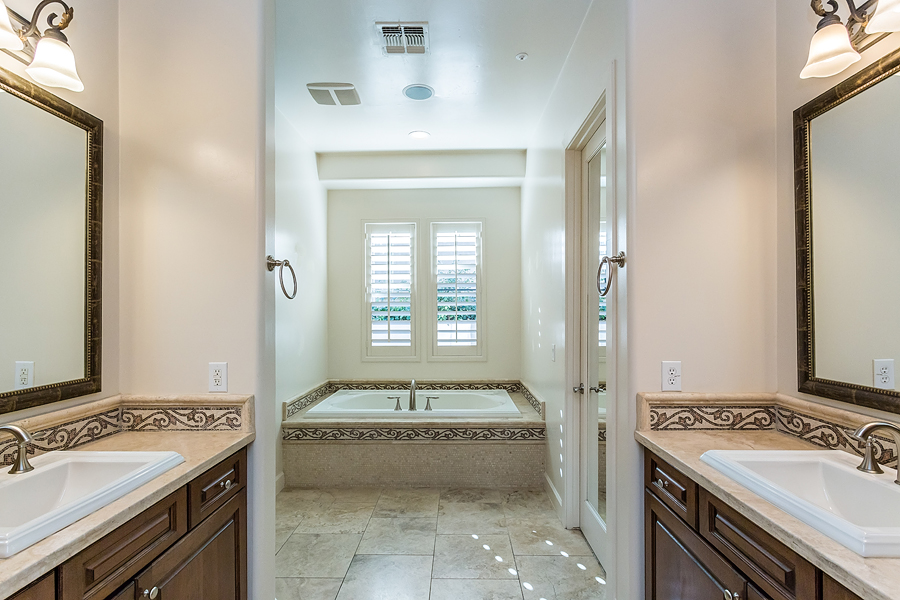 One of the first design features to consider is having at least one zero-grade entry into your home. In other words, is there at least one threshold that can be crossed without a step? You should be able to enter into the home without lifting your feet, if necessary. Another design feature that should be considered for those age 55 and up are grab-bars in at least one bathroom. Grab bars can be beautiful, unobtrusive design features, that will come in handy when they are needed later. As a default, consider installing backer-board into the wall if you are doing a bathroom shower remodel, to make it easier to install a grab bar at a later date. Another corollary design feature for bathrooms is making one shower curb-less. Removing the step will also increase your home’s resale value as the population ages.
One of the first design features to consider is having at least one zero-grade entry into your home. In other words, is there at least one threshold that can be crossed without a step? You should be able to enter into the home without lifting your feet, if necessary. Another design feature that should be considered for those age 55 and up are grab-bars in at least one bathroom. Grab bars can be beautiful, unobtrusive design features, that will come in handy when they are needed later. As a default, consider installing backer-board into the wall if you are doing a bathroom shower remodel, to make it easier to install a grab bar at a later date. Another corollary design feature for bathrooms is making one shower curb-less. Removing the step will also increase your home’s resale value as the population ages.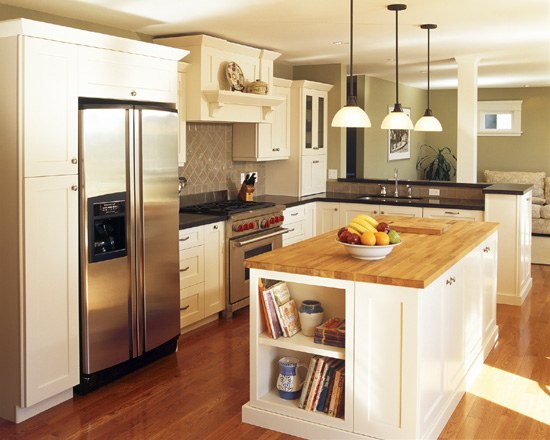 Whether you are in the market for a home, are enjoying your current home, or are interested in getting your home ready to sell, home maintenance is of utmost importance. Buyers are always better off if the home they’ve fallen in love with has been treated and maintained with care and attention. Living in your home means your safety and enjoyment of your home is of top priority. Sellers are better off if they’ve been proactive when caring for their home while living in it as deferred home maintenance can result in the need for annoying and often expensive repairs when it comes to the home inspection. To that end, here are some tips to consider when it comes to home maintenance. . .
Whether you are in the market for a home, are enjoying your current home, or are interested in getting your home ready to sell, home maintenance is of utmost importance. Buyers are always better off if the home they’ve fallen in love with has been treated and maintained with care and attention. Living in your home means your safety and enjoyment of your home is of top priority. Sellers are better off if they’ve been proactive when caring for their home while living in it as deferred home maintenance can result in the need for annoying and often expensive repairs when it comes to the home inspection. To that end, here are some tips to consider when it comes to home maintenance. . .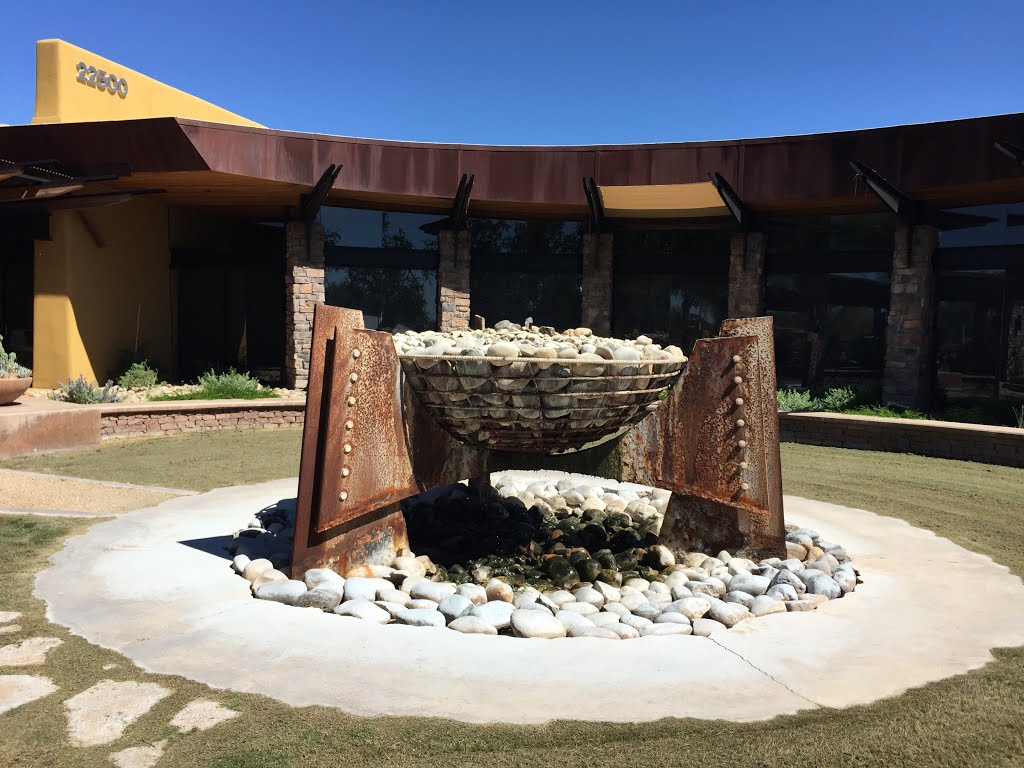 First and foremost, do you have a home fire safety
First and foremost, do you have a home fire safety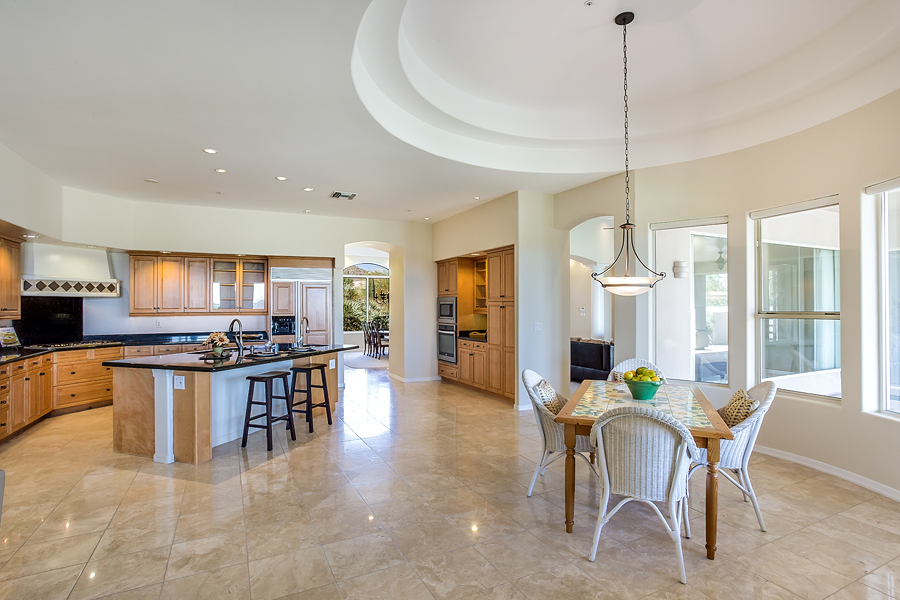 One of the biggest turn-offs to potential buyers is seeing dirty grout on tile floors. Dirty grout sends a message to buyers that the floor isn’t clean, and if the floor isn’t clean then the rest of the home may not be clean either, and unclean homes typically mean deferred maintenance. See what happens there? However, in most cases, grout isn’t dirty, it’s stained from years of product build up, mildew, and being walked on. The bottom line, however, is that part of getting your home ready to list means making it sparkle from the top to the bottom, and the bottom means getting your tile floors in pristine condition.
One of the biggest turn-offs to potential buyers is seeing dirty grout on tile floors. Dirty grout sends a message to buyers that the floor isn’t clean, and if the floor isn’t clean then the rest of the home may not be clean either, and unclean homes typically mean deferred maintenance. See what happens there? However, in most cases, grout isn’t dirty, it’s stained from years of product build up, mildew, and being walked on. The bottom line, however, is that part of getting your home ready to list means making it sparkle from the top to the bottom, and the bottom means getting your tile floors in pristine condition.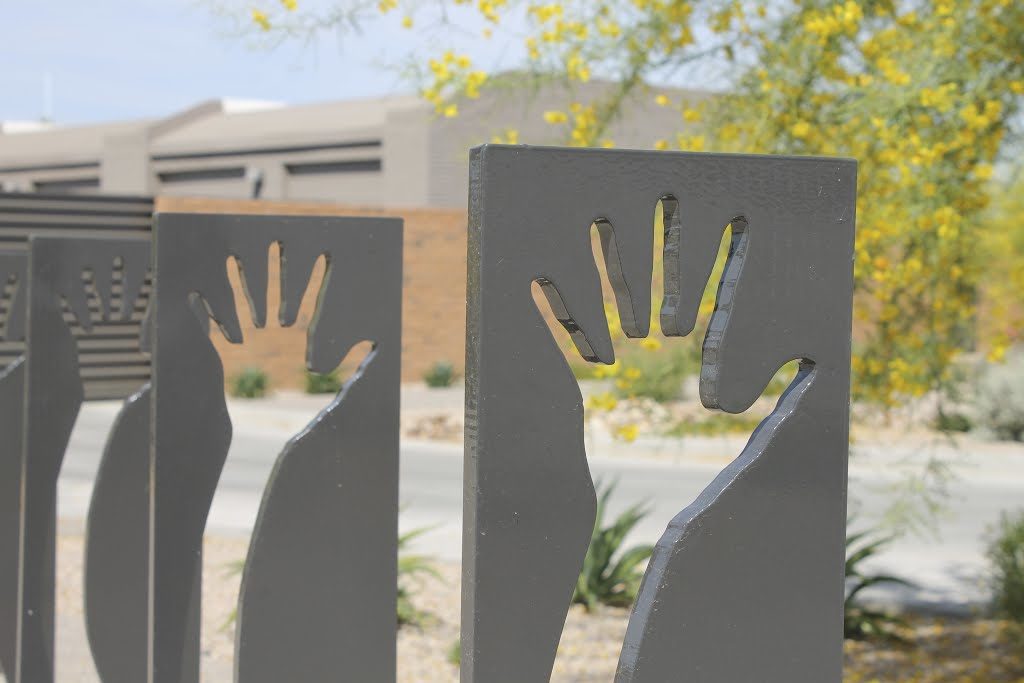 Good contractors . . . when you find one, you’ve got to hold on and never let go. Whether you’d like to update your existing home, or you are considering listing your home for sale, and making much needed updates to maximize your ROI (return on investment), you’re probably going to be enlisting the services of a contractor. Finding a good, reputable contractor out of the thousands out there may seem like a daunting task. However here are some suggestions on how to find the best person to help you update your home:
Good contractors . . . when you find one, you’ve got to hold on and never let go. Whether you’d like to update your existing home, or you are considering listing your home for sale, and making much needed updates to maximize your ROI (return on investment), you’re probably going to be enlisting the services of a contractor. Finding a good, reputable contractor out of the thousands out there may seem like a daunting task. However here are some suggestions on how to find the best person to help you update your home: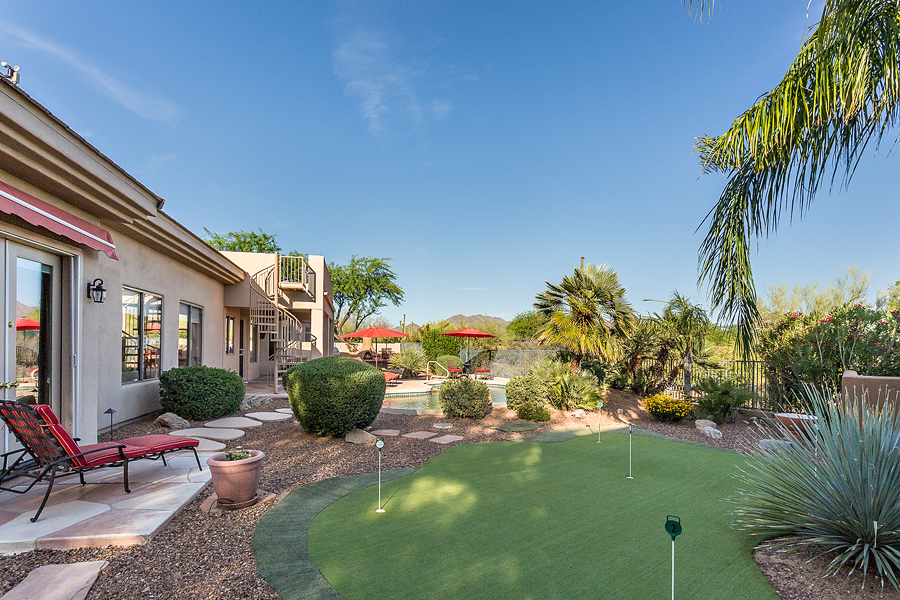 Since Arizona is primarily composed of desert land, with very little rainfall, and there are very valid concerns about future water supply from the Colorado River, you may have considered installing artificial grass instead of real grass in your front or back yard.
Since Arizona is primarily composed of desert land, with very little rainfall, and there are very valid concerns about future water supply from the Colorado River, you may have considered installing artificial grass instead of real grass in your front or back yard.